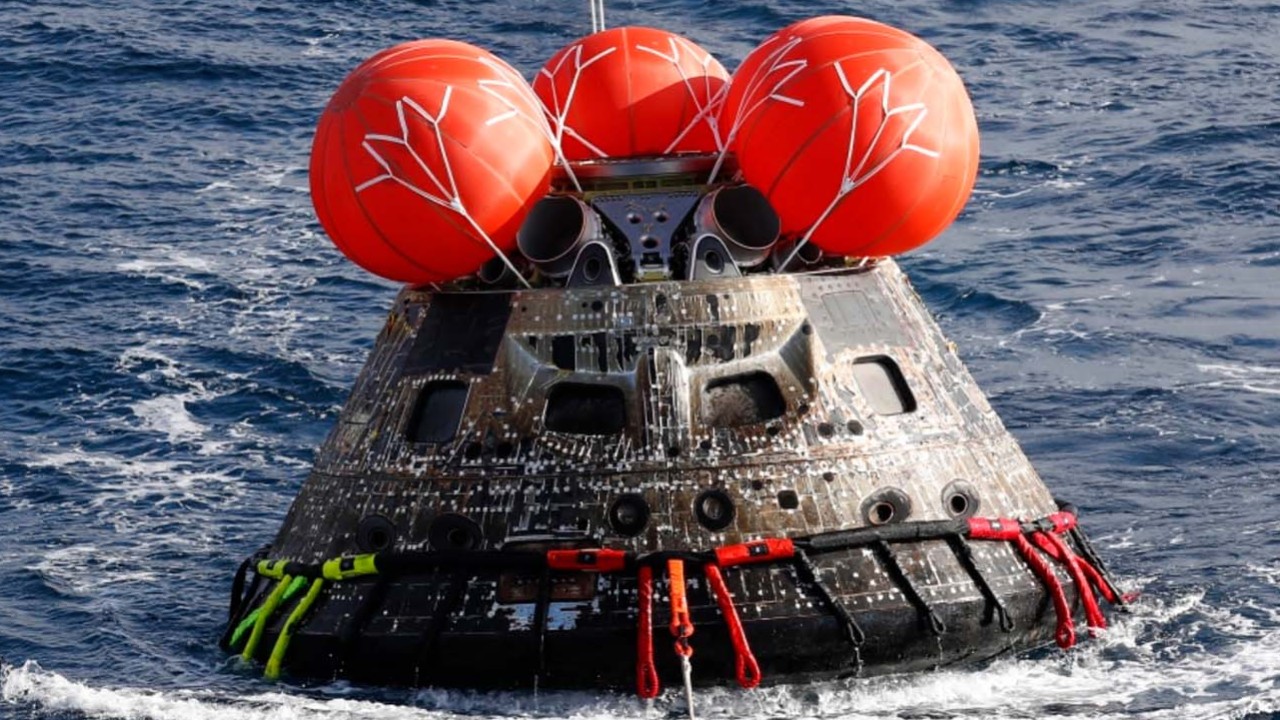
‘Greetings from the moon’: China’s lunar rover restarts for next adventure, sends photos
- Yutu 2 ‘in great shape’ as it prepares to learn more about the moon’s far side
- Probe is part of China’s historic Chang’e 4 lander mission, now in 5th year
China’s lunar rover Yutu 2 is back on duty and ready for new endeavours as the probe embarks on its fifth year of exploring the far side of the moon.
The unmanned vehicle woke up on January 15 after automatically switching into dormant mode for the frigid 14-day lunar night.
“Yutu 2 sends New Year’s greetings from the moon as Chinese people celebrate the Year of the Rabbit here on Earth. As Yutu 2 kept breaking her own records, her performance surprised and inspired us all,” the CNSA said.
Originally designed to last only three months, the 140kg (308-pound), six-wheel probe has explored the lunar surface since landing on the moon in January 2019 as part of the historic Chang’e 4 lander mission.
The vehicle is about 865 metres (2,837 feet) northwest of the original landing site, according to a new route map released by the space agency.
On January 18, the rover’s panoramic camera, which can take 3D images using binocular stereovision, captured a 360-degree view that showed Yutu 2’s wheel tracks, some nearby rocks, and a small impact crater.

As the longest-lasting of all moon rovers, Yutu 2 has travelled a total of 1,455 metres across a crater called Von Kármán, gathering information about its surface, subsurface and the area’s solar winds, among other tasks.
The rover is equipped to study the mineral composition of the lunar surface, and has ground-penetrating radar capable of probing up to 100 metres below the surface.
A Swedish-developed instrument on board allows Yutu 2 to observe how solar winds interact with the lunar surface, and could help scientists understand the source of the moon’s water.
The sky’s no limit: US military launches space force in South Korea
Yutu 2, which has returned more than 940 gigabytes of scientific data to Earth so far, will have company soon, according to the state broadcaster CCTV.

The Chang’e 7 mission is expected to launch in 2026, with a payload that will include a rover larger than Yutu 2. The mission, which will also travel to the moon’s far side, was designed to look for water ice near the south pole, the mission’s deputy chief designer Tang Yuhua told CCTV on Sunday.
“Compared with Yutu 2, which relies more on operational commands from Earth, the Chang’e 7 rover will be more intelligent, choosing its exploration path mainly on its own,” Tang said.
First space launch from Britain as Richard Branson secures licence
She added the rover would also be part of early preparations to establish a research base at the lunar south pole.



